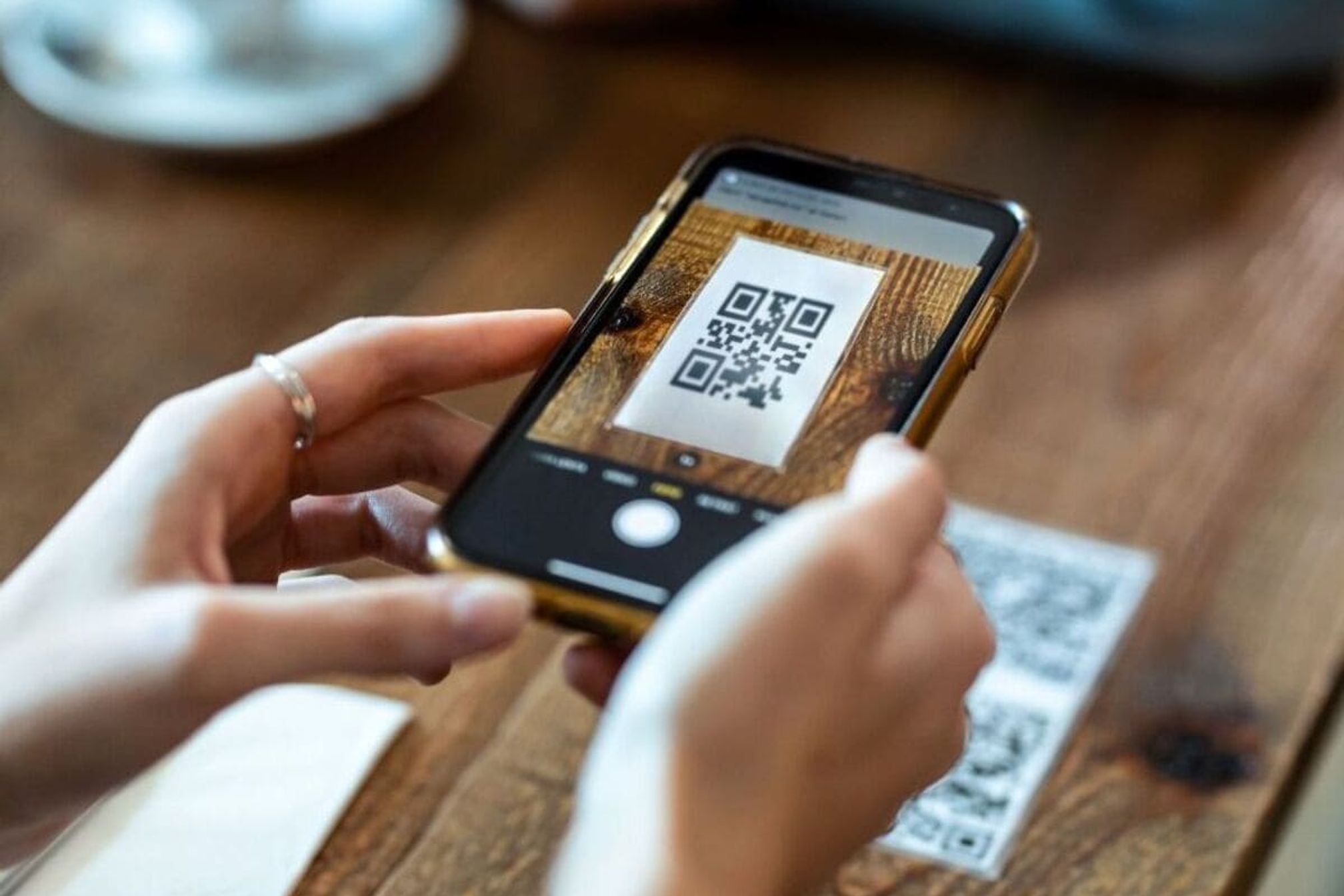Tuesday, February 2, 2024
Mastering the Art of Making a QR Code: A Comprehensive Guide

In today’s digital-first world, the ability to create a QR code has become a valuable skill. As a simple, effective tool that bridges offline and online experiences, QR codes allow users to instantly access content through a single scan—whether it’s a website, a product offer, or mobile payment page.
This guide explores the value of QR codes, addresses common myths, and walks through the step-by-step process of creating an effective and visually appealing code. Along the way, we’ll also introduce QRKit, a user-friendly QR code generator built for businesses, marketers, and individuals looking to simplify content sharing and improve customer engagement.
Understanding QR Codes and Their Benefits
QR codes—short for "Quick Response" codes—have evolved from a niche innovation to a widely used technology across industries. From retail and restaurants to real estate and healthcare, QR codes offer a fast and efficient way to connect people with digital content.
What Is a QR Code?
A QR code is a two-dimensional barcode that stores various types of data, including URLs, plain text, contact information, and more. Unlike traditional barcodes, QR codes can store significantly more data and are easily scannable using any modern smartphone camera.
Why QR Codes Matter
- Instant Access: QR codes eliminate friction by allowing users to access content instantly—no typing required.
- Cost-Effective: Generating and using QR codes is affordable, making them accessible to businesses of any size.
- Versatility: They can be printed on menus, flyers, packaging, or used in digital campaigns.
- Measurable Engagement: When paired with tracking, QR codes offer insight into scan frequency, location, and user behavior.
Data shows that businesses implementing QR codes in their marketing see up to a 30% increase in user engagement, particularly when paired with exclusive content or promotions.
Common Misconceptions and Challenges
Despite their popularity, some lingering misconceptions continue to surround QR codes. Here are the most common—and why they’re no longer relevant:
“QR Codes Are Outdated”
QR codes have seen a major resurgence, especially in a post-pandemic world. Contactless engagement, mobile commerce, and digital interactivity have all reinforced the importance of QR codes in day-to-day marketing.
“They’re Difficult to Create”
Thanks to tools like QRKit, generating a QR code is simple and intuitive. No technical background is required. QRKit allows users to create and customize professional-quality QR codes in minutes.
“Users Don’t Trust Them”
Today’s consumers are increasingly familiar with QR codes. When used with secure, verified links and clear messaging, QR codes offer a trusted and convenient user experience.
How to Create an Effective QR Code: Step-by-Step
Whether you're promoting a product, event, or digital experience, the following steps will help you create a high-performing QR code.
Step 1: Define Your Goal
Before creating your QR code, identify its purpose:
- Do you want to drive traffic to a website?
- Are you sharing event details or a promotion?
- Will the link remain static, or should it be editable later?
Defining your goal will guide both design and placement.
Step 2: Choose a Reliable Generator
Select a professional QR code tool such as QRKit. QRKit allows you to create both static (permanent) and dynamic (editable) QR codes, offering flexibility for future updates and tracking.
Step 3: Customize Your QR Code
Branding matters. QRKit lets you:
- Adjust the colors to match your brand identity
- Add your logo to reinforce recognition
- Select the level of error correction to ensure functionality even if the code is slightly damaged
Step 4: Test the Code
Always test your QR code before distribution:
- Try different devices and scanning conditions
- Confirm that the code redirects properly and the landing page is mobile-friendly
Step 5: Deploy Strategically
Once finalized, distribute your QR code across:
- Print: brochures, posters, packaging, menus
- Digital: websites, email campaigns, social media
- Events: banners, handouts, lanyards
Use QRKit’s built-in analytics to track performance over time, helping you optimize placements and messaging.
Best Practices for Using QR Codes
- Visibility: Position the code in high-traffic, easily accessible areas.
- Clear Call to Action: Tell users what they’ll get by scanning—e.g., “Scan for a discount.”
- Mobile Optimization: Ensure the destination is responsive and fast-loading.
- Regular Updates: For dynamic codes, update content as needed to keep it relevant and engaging.
Final Thoughts
Making a QR code is no longer a technical task—it’s a marketing strategy. With the right tools, such as QRKit, you can create polished, trackable QR codes that enhance user experience, promote your brand, and improve engagement.
From increasing accessibility to driving conversions, QR codes are a powerful tool for businesses looking to stay competitive in a digital-first world. By understanding the technology and following best practices, you can confidently integrate QR codes into your communication and marketing strategies.



